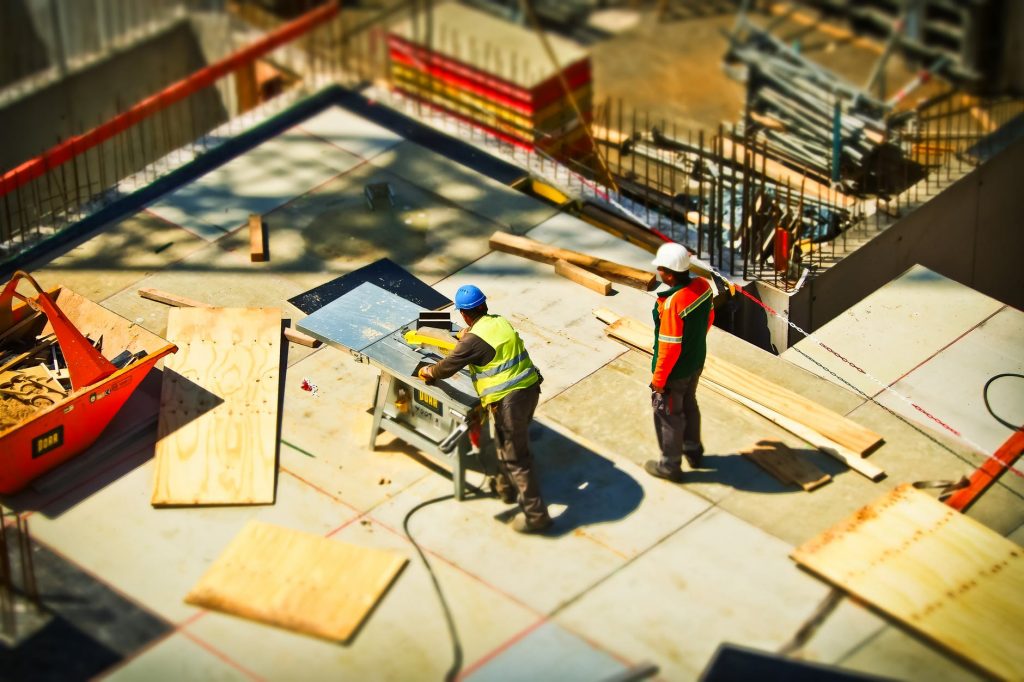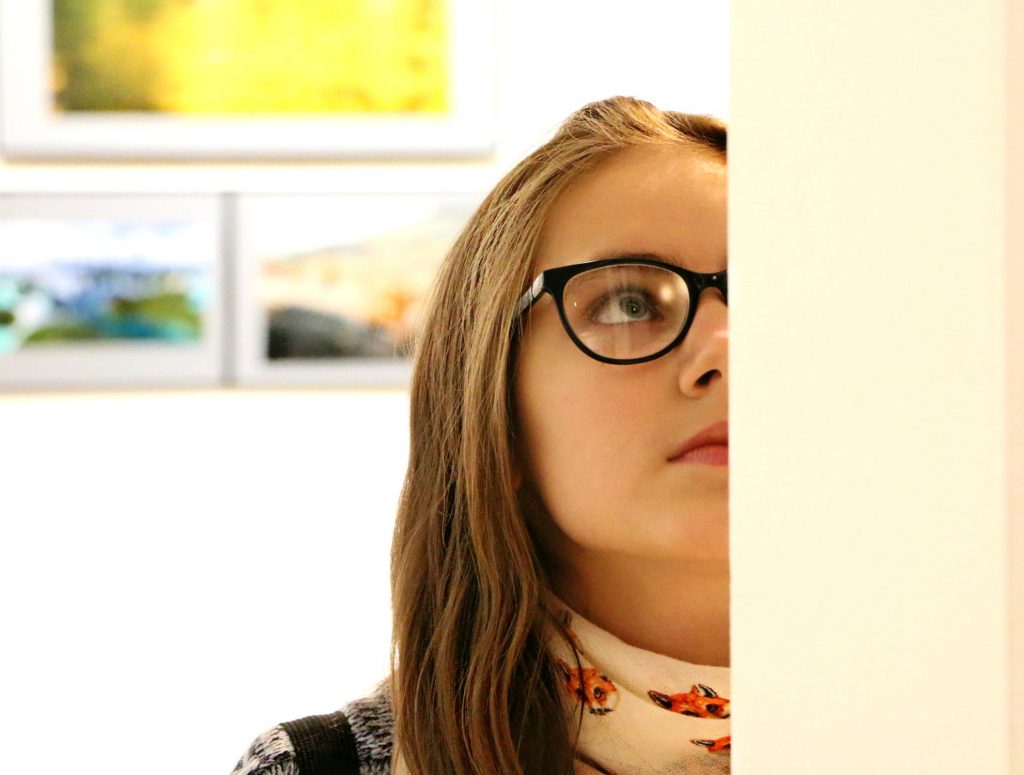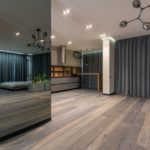
Most countries in the world have some kind of cultural and social history. The variety of governments that dominated the nation, their traditions and values, rituals, dances, and folklore are being practiced since who knows when. The treasure of historical audio and theatre pieces are priceless and folks might love to experience it first hand. Due to all of these variables, a Museum or an Exhibition Space is frequently the choice of thesis subject design pupils go for.
Let us take a peek at how to design a Museum and what variables must be considered through the procedure.
The background of the country, the relics, and artifacts from each stage of its development, memoirs of art and plays from older times if recorded, are a source of fantastic earnings as crowds are likely to flock to watch them if they are famed memorabilia. Firstly, however, it’s necessary to consider the kinds of Exhibition Spaces.
A. THE KINDS OF EXHIBITIONS:
1. Core Exhibitions
Planned within this center notion arrangement or narrative of a museum, those exhibitions should use strategies which won’t tire the visitor, so which won’t immediately look old fashioned and ought to use material that may endure them.
2. Temporary Exhibitions
All these types of museums don’t need to follow along with the museum total screen policy and narrative and they provide the visitor’s an opportunity to see something new within a particular time period. They have to use modern and innovative materials and demonstration systems (if you want a versatile display system, amongst the more generic ones, is the frank showcase system, which is always a safe bet).
3. Traveling or ‘Blockbuster’ Exhibitions
Aims to extend the chance to view and go through the content into a high amount of individuals, in various locations. The plan of the sort calls for flexibility concerning design, so it may be fitted into various shapes and dimensions of display galleries of distinct associations and ease of erection, maintenance, mounting, dismounting in addition to ease of transport between places.
B. DESIGN OF THE MUSEUM (intending, distance requirements)
Although new buildings are relatively rare, there’s a lot of work in converting, refurbishing and updating existing galleries and museums.
Museums and galleries are usually housed in historical buildings and so are, as such important exhibits in their own right. Birmingham’s Gas Hall Gallery (1993) from Stanton Williams, by way of instance, was initially an Edwardian civic hallway.
The Client:
The customer is very likely to be the museum curators or conservators who possess the items to exhibit and understand about them. Accessibility to such expert knowledge is valuable to the design procedure. Also make sure that the furniture selected is appropriate for a museum; you would not want beach coastal furniture that does not fit the museum’s theme, however attractive they might look.
Design Problems and Standards:
Space requirements are regulated by the dimensions of this group, the method of museum display, the dimensions of their artifacts and the projected rate of expansion of this group. Generally bigger artifacts require more screen space if their entire effect is to be hauled.
High power floor loading is a significant consideration for places of heavy things in storage and exhibition areas and needs to be supplied for expected numbers and probable distribution of traffic.

Normal schedule of lodging:
Including exhibition rooms, auditorium, multiple-use occasion spaces, library, store, workshops and conservation areas, offices, cafeteria, etc..
- Shop: ought to be available without needing to input the memorial gallery. At the exact same time, it shouldn’t be dominant; shoppers must be informed where the store is.
- Resource center: at the main gallery area or shop area, where investigators can manage and analyze objects under controlled environmental requirements and accepted oversight.
- High-quality lecture spaces and conference rooms: additional income as convention suites.
Particular temporary exhibitions:
All these are important in bringing visitors to museums, which consequently will need to offer superior facilities for these occasions. Particular demands are for workshop accessibility with clear broad accessibility to this gallery, and provision for deliveries, in the road, of building materials and loaned items in massive crates usually carried with low loaders or a truck.
Utilization of floor area:
The typical proportion of gallery into the non-gallery distance in the united kingdom is 48:52, with permanent displays taking up 40 percent of their entire area. Non- gallery area includes areas dedicated to storage, curatorial activities, visitor centers, and schooling.
Storage:
Compact cell shelving reduces storage area. Storage space required ought to be calculated on the basis of this quantity of objects in the group with adjustments for projected yearly expansion and unplanned donations (15% additional space).
C. ACCESS AND CIRCULATION (planning, people distance, and orientation)
Entrance:
This is sometimes democratic and accessible or Profession and imposing. An entry at ground level is inviting, especially if coupled with an open, diaphanous (instead of the usual closed, bastion-like) look to the general public; on the flip side, the ascent of a massive staircase creates the feeling that entering the museum is like entering a grand building. Should you require a crane to enter the building with your artifacts, make sure that the crane fits in the doorway and there is an unobstructed pathway for the crane to move around.
Visitor orientation:
A crucial facet of museum design; that the people require a very clear idea of the design of the display rooms.
A central atrium:
Interconnecting all of the rooms with a central atrium allows visitors to orient themselves and pick the rooms they want to see.
Access for Those Who Have disabilities:
The construction should accommodate the requirements of individuals who have any type of handicap.
- Entry: Ideally the construction ought to be available to all throughout the primary entry. Where you will find conservation limitations having a historical building, shifting the most important point of entrance for everybody can prevent the need for damaging alterations. Otherwise, another path for supper and others could be critical.
- Circulations: When possible, everyone regardless of their disabilities should utilize the very same paths throughout. Where space allows, the preferred way of altering levels is a ramp. Otherwise offer a lift apparatus, independently operable: -stair elevator or, better still, a stage stair lift for wheelchair users — perpendicular hydraulic-type platform elevator — stair climbers such as wheelchair users (this can be a last resort as it doesn’t permit separate access).
- WCs for disabled users at all levels.
- Accessibility for staff is necessary for employees with disabilities to all workplaces and shops, with available bathroom facilities on the workplace level. This would open this up areas to handicapped students, colleagues, and researches from everywhere wishing to examine things in the shop.
Designing a Museum is a massive obligation as an architect or interior stylist since it will be utilized for a very long time period, by a high amount of individuals. It needs to be very functional, effective in managing costs, aesthetic in appearance, distinct in order to pull audiences and ought to be a pride of the nation since it houses the cultural pride of the nation!



